I typically don't write about repair work since it is pretty routine, but proper diagnostics, inspection, and discovery are very important to DIY repairs on your own vehicle. In fact, the smallest things can often create the biggest problems. Proper diagnostics can save you thousands!
As this was a relatively routine job, I don't have many pictures of the tear down, but the information will be descriptive. I'll even toss in a couple of my favorite pics to break it up a little.
I recently had what I thought was a routine problem on my 2003 Mercedes Benz C32 AMG. I was driving down the road when suddenly I had no power, the engine was shaking, it would bog down when stepping on the accelerator, and started limping along to the point of stalling. The check engine light (CEL) also illuminated. The worst part was the extremely bad timing of the instance as I was in the process of making a left at a stop light when it started acting up.
Yes, I felt the embarrassment as everyone was staring at my car that would barely do 2 MPH as I crawled through the intersection. Luckily for me that I didn't have to push it through.
After calling the hook to get it brought back to the shop, I puled the codes to reveal that the engine was running lean on both banks ("lean" meaning not enough fuel). I immediately knew it was a fuel issue, and assumed one or both of the pumps went dead. The W203 chassis is equipped with two fuel pumps since it is a rear wheel drive chassis, and the drive shaft routes straight down the middle of the gas tank. As such, the gas tank has two sides.
The Discovery
I immediately dove right in to pulling the inspection panels off to check the condition of the pumps. There are also TWO fuel level sending units inside of the tank. One is on the driver side (left) while the other is on the passenger side (right). The pumps on my C32 AMG are both located on the passenger (right) side of the tank. The primary fuel pump is continuously submerged in a surge tank assembly which is fed by the secondary pump which draws fuel from the right side of the tank directing it in to the surge unit.
Once the access panels were removed, I could listen for the sound of the fuel pumps as the ECU primed them for startup. I heard the sound of the pumps as the engine would run and sputter, so I figured maybe only one pump died. After removing the right side pump assembly, I noticed that the whole right side of the tank was completely empty of fuel. The whole right side of the tank was dry, and the surge unit was empty. This means that both pumps are functioning, and there is another problem.
After verifying both pumps are in fact powering and working by turning the key on and feeling them. They were both functioning. Since the both senders are wired parallel, my gauge still read steady at half of a tank of fuel. This means one of two things:
- The level sender on one side of the tank is stuck or bad (meaning the whole tank is out of fuel which stalled the car)
- The left side of the tank is completely full still and something is preventing fuel from reaching the right side.
Chasing down the actual problem (Diagnostics)
The whole tank being out of fuel theory was soon eliminated by checking my trip odometer. It only read about 150 miles since I reset it on my last fill up (half the distance I usually get before refueling). I also verified this when I popped open the hanger assembly on the left side to see many gallons of premium fuel spill out after barely prying open the assembly.
Since I can't very well have a bunch of gas just spilling all over the shop floor searching for an ignition source, I raised the left side of the car to allow the fuel to flow over to the right side of the tank. Fuel spilled over enough to remove the hanger assembly for inspection.
The Mercedes fuel system sounds more complicated than it is, but its technically very simple. Since both pumps are on one side of the tank (the right side), and the lines are on the other (the left side), you might wonder how fuel gets from one side of the tank to the other in order to get pumped to the engine. Well, it's simple fluid dynamics.
The fuel filter (FF) on the W203 contains a built in fuel pressure regulator (FPR). Fuel flows out of the right side of the tank under pressure from the primary pump. It feeds in to the FF/FPR unit where some fuel feeds the engine as it demands, while the rest goes back in to the left side of the tank under pressure. Inside of the hanger/level assembly is a tube that leads to the bottom of the tank. The bottom of that tube branches off to route fuel back to the surge assembly where the primary pump is housed. The most important part of that branch point is the construction of it.
A simple Venturi effect takes place at the base of that tube which uses an ejector pump (non-mechanical siphon effect) to transfer a small amount of fuel back to the surge unit. The ejector essentially siphons fuel from the base of the left side to the surge unit on the right side by using the power of the return (motive) fuel. The left side also continuously fills up with return fuel which spills over to the right side. The surge unit also spills over excess fuel to keep the right side filled and BOTH pumps cool and supplying fuel.
So to recap at this point
- The engine runs as if it is out of fuel
- The CEL lean codes verify there is a fuel issue
- Both pumps are working
- One side of the tank is empty
- One side of the tank is full
This is usually where most people would start throwing parts at the car like injectors, sensors, new hoses, and even new ECU's thinking that an electrical issue will somehow over ride a mechanical issue. Another select few will just pack it up and send it off to the dealership. Some people will just sell the car and call it a day.
This is exactly where proper diagnostics plays a role.
I typically call this "Chicken or Egg Diagnostics" since you need to figure out which problem cancels the other, or which problem came first or the order of operations to create a flow chart.
Try to follow along....
If one side of the tank is full while the other side is empty, BOTH pumps are working, and we know the ejector tube is supposed to siphon fuel over to the right side of the tank. The ejector tube feeds the surge unit from the left side of the tank. The secondary pump feeds the surge unit from the right side of the tank. Spill-over feeds the right side of the tank with return fuel. In order for the ejector pump to function, fuel needs to be fed to the primary pump inside of the surge unit. If fuel does NOT feed to the primary pump in the surge unit, NO fuel will reach the right side of the tank, and both fuel pumps will starve until the right side fuel supply is exhausted.
That means that there are only TWO potential issues
- A break, crack, or blockage in the return line anywhere between the fuel filter and the surge unit
- A faulty fuel filter/FPR unit.
I replaced the fuel filter/FPR unit about a week prior to the issue, but I did not use an OEM Bosch unit. I used an after market unit. While aftermarket doesn't necessarily mean that it is junk, they are often manufactured and assembled "loosely", or not to strict standards. Sometimes they will cause issues.
I can't eliminate the possibility of the fuel filter/FPR unit being faulty, but before I just assume that is the issue, I must first check possibility number 1: A break, crack, or blockage in the return line anywhere between the fuel filter and the surge unit.
The smallest point in the return system is the motive nozzle in the base of the return tube. This is the first point that should be inspected. Initial inspection revealed nothing. Without disassembly, the path appeared clear and unobstructed. However, that is not enough to satisfy proper diagnostics. Each removable section of the tube was disassembled for further inspection.
The problem was found.
A small piece of rubber (shown on my finger) was blocking the motive nozzle orifice. This means that return fuel was not reaching the surge unit. Thus, the fueling could not be maintained. The secondary pump would continue to feed the surge until the supply on the right side was exhausted. The primary pump would continue feeding fuel to the fuel filter/FPR unit, the engine, and return to the left side of the tank where it would continue to spill over until there simply isn't enough fuel to feed. Without the ejector pump function feeding the surge and left side of the tank for spill over, the fuel supply is exhausted at half of a tank.
Diagnosis
The new fuel filter/FPR unit was the likely culprit due to some form of manufacturing defect that allowed the small piece of rubber to become separated from whatever it was attached to and block the motive nozzle.
This diagnostic saved about $2200 worth of labor and parts.
Remember, simple problems require simple solutions. Complicated problems are often manifested due to lack of basic understanding and information. LOOK at the problem in front of you and break it down systematically. Unrelated systems will often not be the cause of the problem. No electrical function can override a mechanical function, principal, or law. Magical instances and unicorns do not exist in the diagnostic world.
Why did I write this Build Blog?
After discovering the problem, I conducted a bit of research to find out if any of this instance was reported. I checked common information sites like enthusiast forums, bulletins, and even random writings. The majority of the people reporting a similar issue often chased down an unrelated problem (like a sensor, or electrical issue). Others simply gave in and sent it to a shop or dealership but never reported back. Others reported back that they replaced both pumps, the transfer lines, surge unit, level senders, and the entire fuel tank, but still have the same problem.
This issue was initially diagnosed as a failed pump. Any shop would have likely diagnosed it the same way without question as the information at hand proved it the likeliest possibility. If the problem remained after replacing the pumps, they would likely have found the issue with proper diagnostics, but the repair parts and labor for replacement of the pumps would have been charged.
Sadly, the biggest problem is integrity of many places. Someone could have found the blockage and easily charged for replacement of an entire assembly and fuel pumps. Again, I usually don't write and document repair stories, but this one could save some serious cash if you pay attention and apply the information and proper diagnostics based on what is right in front of you.
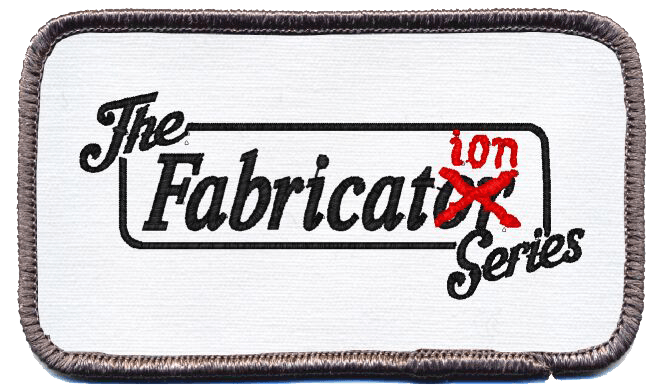





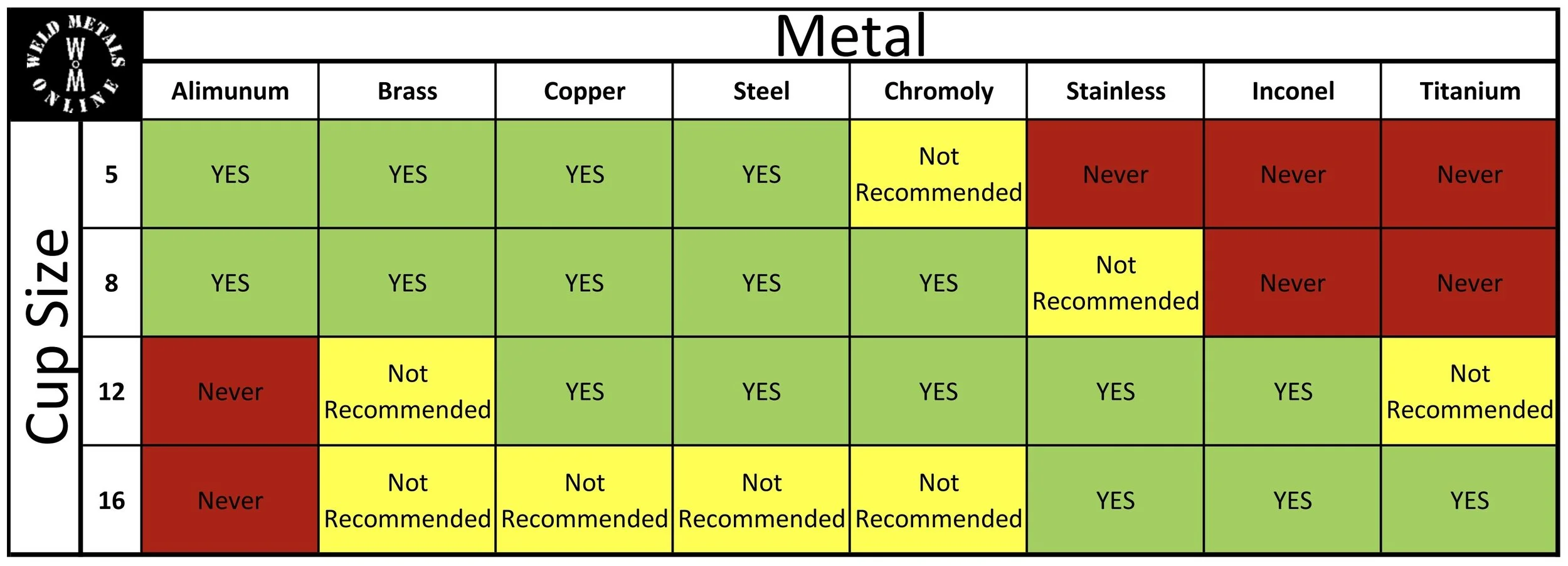


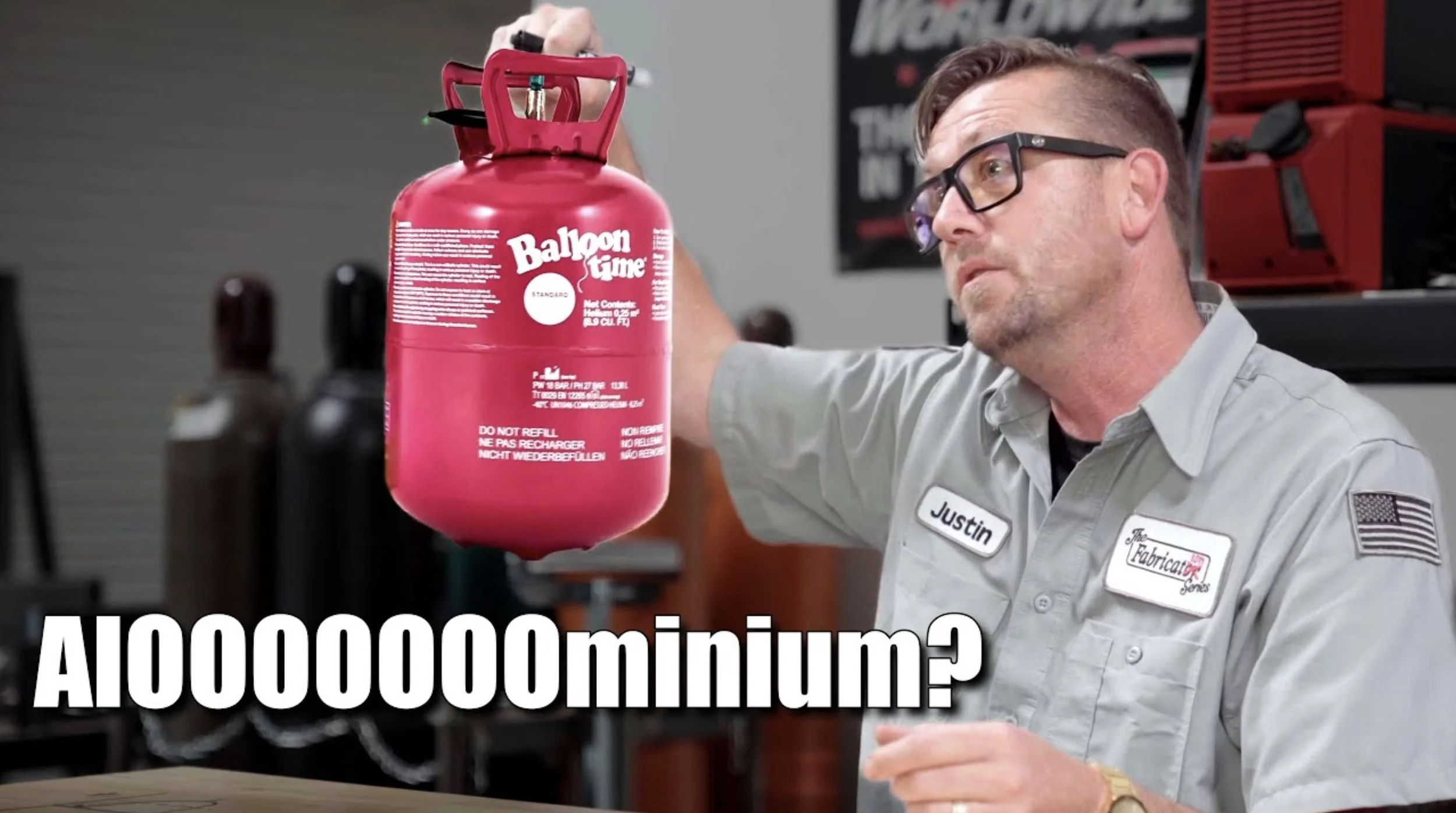
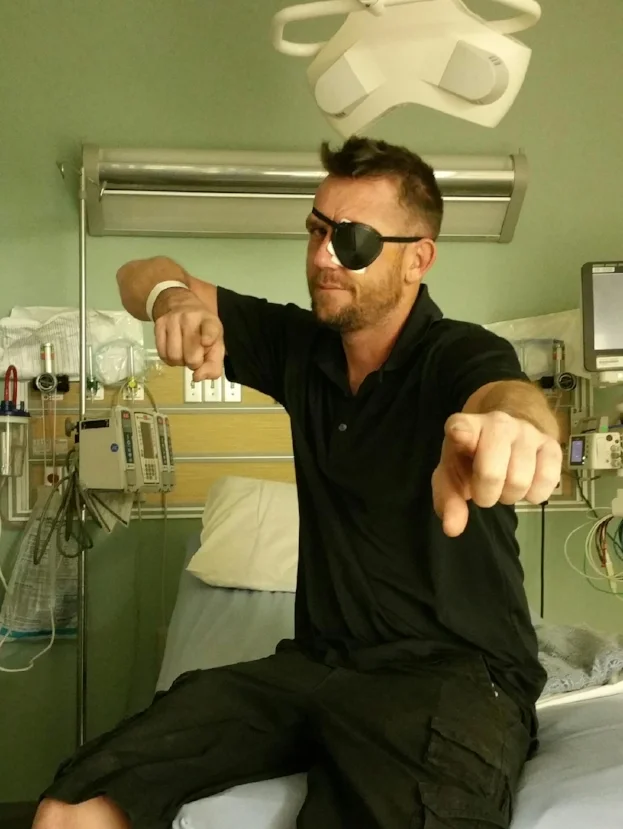


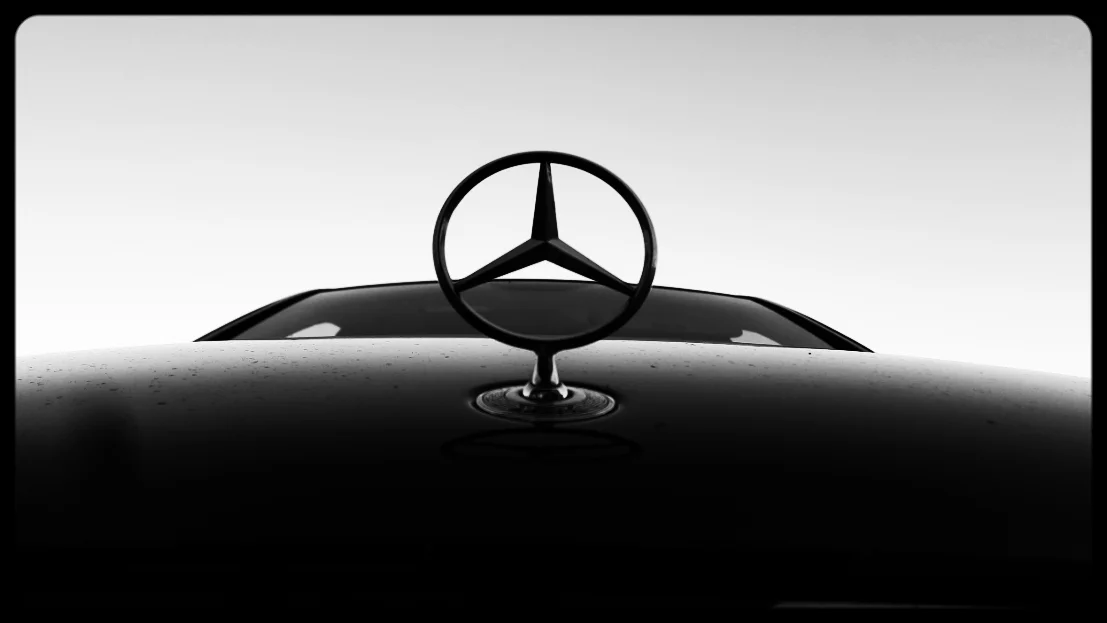


Lake Mead is low enough that you can drive up and view the artifacts left by the disappearing water. Here is the exact GPS locations to view everything without having a boat.